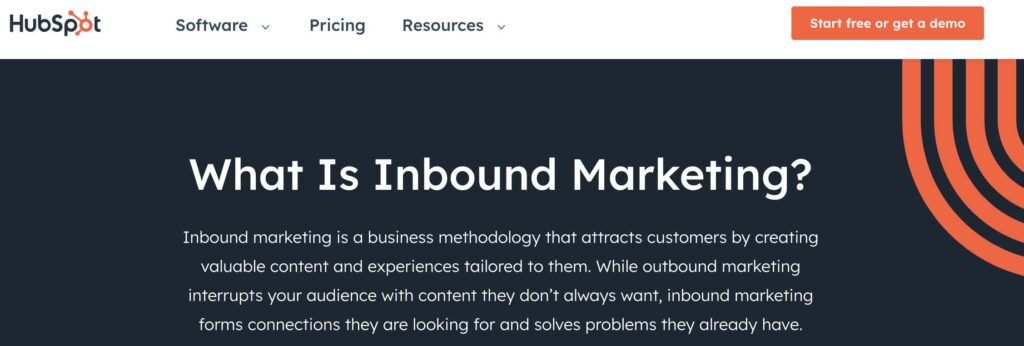Want to Create Value? Create a Category
Let diapers teach you a lesson

In the 1980s, Kimberly-Clark realized that an awkward challenge if they wanted to grow their successful diaper business: kids needed them past the time that parents felt it was acceptable to admit to themselves and their friends that their children still needed diapers. So in 1989, Kimberly-Clark invented the “disposable training pant” category with the launch of Pull-Ups. Let’s be clear: Pull-Ups are diapers. But the positioning lets customers—both parents and the kids—pretend they’ve grown way past the baby phase. “I’m a big kid now!” is the famous Pull-Ups advertising slogan, spoken by legions of smiling little kids; but in reality, the only way the product made those children big was because they had just received a graduate-level class in product positioning. K-C created the “training pant” category and continues to dominate it.
Competition is hard. One way around that? Define a new playing field that you can own. It’s based on customer insight and executed in product positioning. The story of your product comes to embody the product utility. By framing the product and its intended use in a new way, you have created a new continent and planted your flag. Like a conquistador, you get to own what you ‘discover.’

When Loom launched on Product Hunt in 2016 under the name OpenVid, they were entering a crowded screen-recording market. Could it record screens and voice-overs, and share them with others? Yep—just like dozens of other apps. But the founders Shahed Khan, Vinay Hiremath, and Joe Thomas realized that the true utility of screen recording was in asynchronous business communication. They repositioned Loom as a tool like email, but personalized, fast, and intuitive. By presenting their product as a business tool that enables remote teams to work together better, they gave a massive market permission to use their product in that way. “Sending a Loom” has become a thing in the business world, and Loom was valued at $1.5b in their most recent funding round.

Customer Relationship Management (CRM) systems have been around for a long time. Managing contacts was one of the earliest functions of databases. Act! Was launched in 1987; Siebel Systems came in the early 90s, and Salesforce in 1999. The frame of “CRM” was already a clever piece of positioning; the idea that customers needed “relationship management” was just a twist on the idea of storing customer data in a database. The same year that Salesforce went public under the ticker symbol CRM, Brian Halligan and Dharmesh Shah founded HubSpot at MIT. They had noticed that customers were increasingly discovering companies as they actively searched for information, not when they were marketed to. So they invented the term “inbound marketing” and dedicated HubSpot to the idea. $27B market cap—not bad!
A few steps how to create and own a new product category:
- Research the Customer: look, really look, at what motivates your customers. What do they need? How are those needs changing? Is there any aspect of those needs not being sufficiently directly served by competing products? All of the companies above had a real insight into their customer’s needs; it’s not just marketing fluff.
- Think Bigger: Can you reframe the utility of your product in a new way? You’re not selling a vacuum, you’re providing home sanitation management (ok, not the best idea, but better than “a vacuum that really sucks”)
- Double Down: It’s not just a tagline. Own it. Optimize product features that play into it. Write thought leadership articles about it. Talk about it at conferences—even better, create a conference around the concept. Make it a thing, and it becomes a thing.
